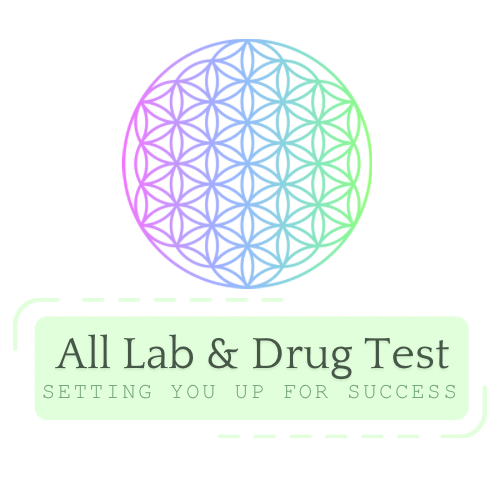
ALDT is committed to creating the highest standard of drug and alcohol screening, training, and testing services by providing:
Quality trained certified collectors
On-going mentoring/consulting
Nationally qualified lab and Medical Review Officer (MRO) services
CDTS preferred, qualified collectors/trainers
Experts in our Field
All Lab & Drug Testing (ALDT) believes that the Drug and Alcohol Testing industry must be comprised of individuals with the highest level of integrity, ethics, professionalism, technical skills plus the desire to provide superior customer service. Drug and alcohol use in the workplace costs American businesses billions of dollars in productivity, absenteeism, thefts, and accidents.
What makes us different is our wide range of services, clean facility, professional certified technicians and fast turnaround time. In most cases a client will be in-and-out in about 15 minutes and same-day results on several drug & alcohol tests.
In a 2011 study, conducted by DATIA and SHRM, companies who have implemented a drug testing policy recorded reductions in absenteeism, accidents and workers compensation premiums, while productivity increased as a results of a drug-free workplace. Eliminating drugs from the workplace increases safety of the employees and increases your profitability
We make it easy for you. In and Out in about 15-20 minutes.







